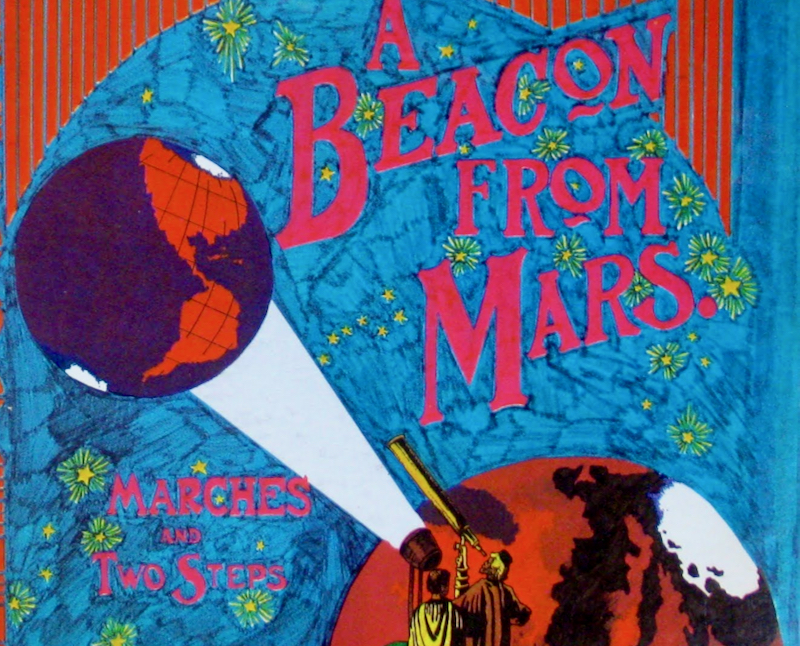
Take a look into the kaleidoscope. Strange, fragmented images. Hard to make out what exactly is going on … but it’s all boldly colorful and pleasantly disorienting.
Audiences of 1968 experienced a similar lack of grounding with the music of Kaleidoscope, a California band weaving a crazy quilt of influences and styles. Some underground music fans of the day enjoyed the trip; sadly, most never bothered.
Kaleidoscope revisited popular music’s roots, incorporating country, Appalachian folk, blues, old-time jazz and even sea shanties. It also looked to the East for exotic sonics.
“I think in terms of all (those genres) coming out of one band, it was almost too hard for some people to take,” key band member Chris Darrow said.
A few popular bands such as Country Joe and the Fish and the Lovin’ Spoonful found success with similar brews, but Kaleidoscope never made it work in the marketplace. The core trio of Darrow, David Lindley and Solomon Feldthouse — all talented multi-instrumentalists — lasted only through the second album, with chief songwriter Darrow heading off to a career in California country rock.
For Kaleidoscope, Darrow had penned songs with an itchy pop sensibility, while Lindley and Feldthouse delivered bold instrumental showcases. Feldthouse even hated rock ‘n’ roll.
The resulting ying and yang that yanked apart this incredible string band was in full effect on the band’s second album, “A Beacon From Mars.”
Most of what’s remembered from “Beacon” these days can be found on two lengthy numbers, the Middle Eastern-influenced “Taxim” and the deeply psychedelic title cut. Accompanying them were stabs at rowdy pop (“I Found Out,” “You Don’t Love Me”), ragtime/jugband music (“Baldheaded End of a Broom”), a traditional English murder ballad (“Greenwood Sidee”) and swamp-thing Americana (“Louisiana Man”). It all plays like a multi-artist compilation from an adventurous indie label.
“A Beacon From Mars” makes the list of top psychedelic albums based on its two epic numbers, both side closers. They remain breathtaking works of 1960s underground artistry. Both recorded live in the studio in an attempt to capture the band’s crowd-pleasing stage act. “We decided to record the way only jazz musicians were recording, live,” Darrow said.
“Taxim” comes from Feldthouse, an American who lived in Turkey as a child and absorbed influences from Greek, Iranian and Armenian music. “Taxim” is credited to the band but (once it gets going) apparently is based on “Şehnaz Longa,” a Turkish composition by Santuri Ethem Efendi. It plays like an elegant raga, one of the few with authority created by U.S. bands of the day. Felthouse played oud and saz. Lindley, who would go on to fame as a string wizard backing Jackson Browne, played a harp guitar, its open strings producing a respectable drone. The number ran more than 11 minutes. The acoustic “Taxim” reflects the hippie-era interest in Eastern sounds and anticipates the world beat electronica that would come to popularity in the next century. (Kaleidoscope sometimes recruited belly dancers as part of their live act. Think Beats Antique.)
The track “Beacon From Mars” stays closer to home, taking its cue from Howlin’ Wolf’s “Smokestack Lightning,” a popular blues cover of the day. The Kaleidoscope song, running more than 12 minutes, includes ace harmonica work, perhaps inspired by the Yardbirds’ version of the Wolf song. Kaleidoscope employed the (by then) familiar hard-rock guitar feedback used by bands such as Quicksilver Messenger Service. The disembodied vocal recalls Jim Morrison. Lindley would play the tune live with a violin bow, perhaps influencing Jimmy Page, who made the technique famous on numbers such as “Dazed and Confused.” (Page once cited Kaleidoscope as his “favorite band of all time.”)
Lindley later emerged as bandleader and continued his tenure through the group’s demise in 1969. He has called Kaleidoscope “a genetical experiment that produced several mutant strains of unknown origin and eventually ate itself.”
Liner notes: The track “Rampe Rampe” didn’t make the album but was released as a noteworthy B-side. The instrumental is a choice example of California raga rock included with most rereleases of the album. Rightly so. It should be heard as part of the album. … One apocryphal story goes that the band intended for the album to be called “Bacon From Mars,” but the label, Epic, wasn’t having it. That comic title resurfaced decades later as the name of a CD comp. … Band not to be confused with the psychedelic outfit Kaleidoscope (UK).
The Bacon from Mars compilation album came out at the end of the 1980s on vinyl. The reason the title was changed was because the artwork was produced after a misreading or mishearing of the title. It wasn’t because the record company didn’t allow it. It was simply a mistake that couldn’t be rectified. Fantastic record though.
Discogs shows 1983 for the vinyl and AllMusic shows 1994 for the CD. Both on Edsel. Thanks, Mark.
Not “Howlin’ Wolf’s ‘Smokehouse Lightning'”, surely, but ‘Smokestack Lightning’.
Yikes. WTF. Thanks, John. One of my favorite Yardbirds tracks, too. Fixed.
So sorry to hear David Lindley passed away March 3, 2023. Perhaps now he truly knows what it’s all about.
“I found out without a doubt what it’s all about
And now I know in my soul just where to go”